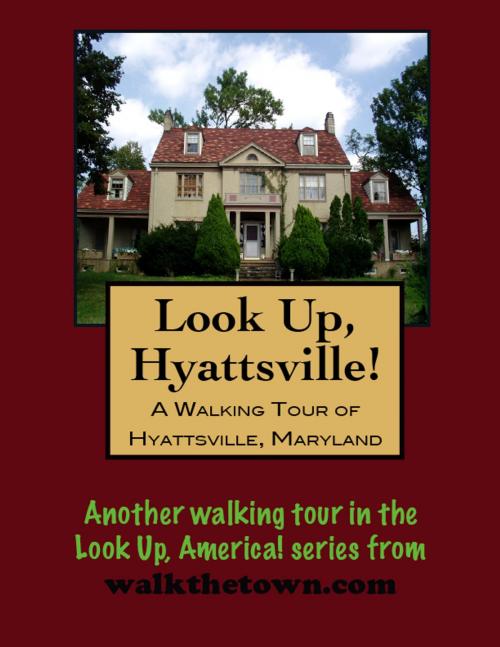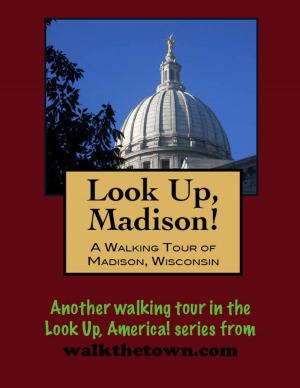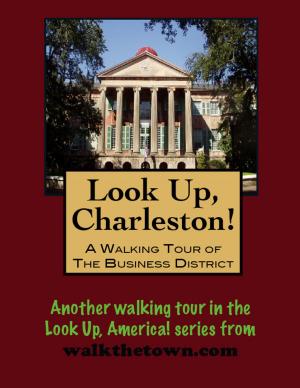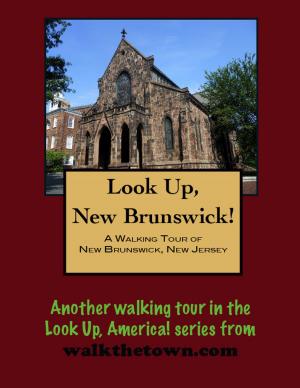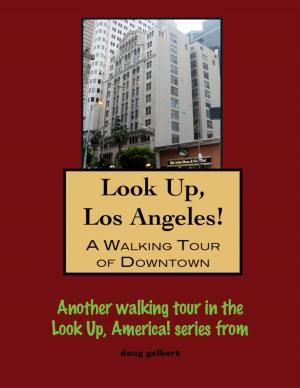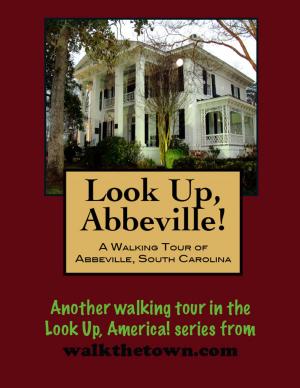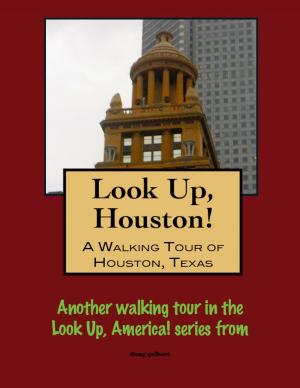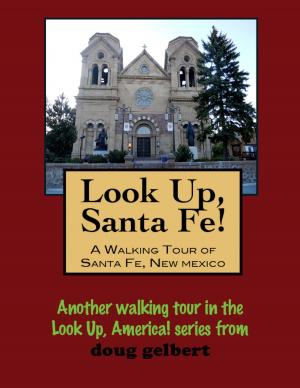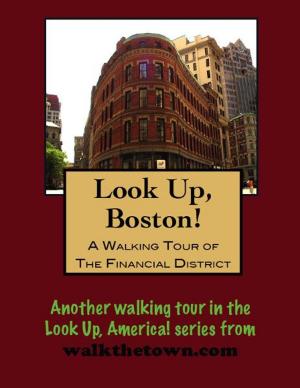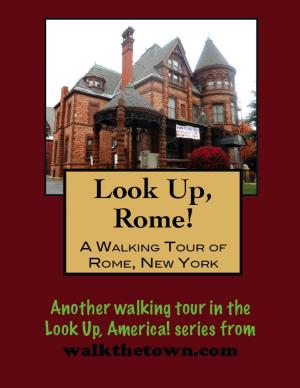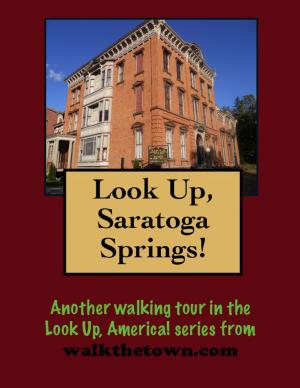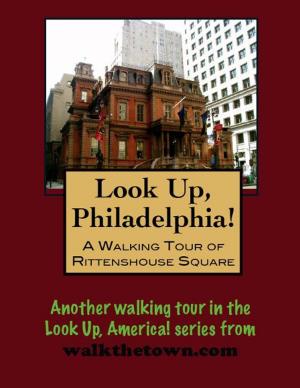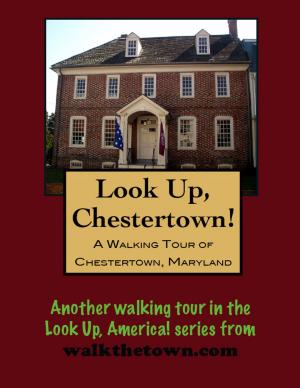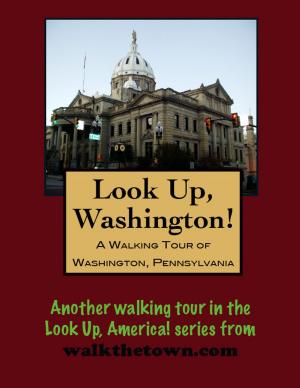| Author: | Doug Gelbert | ISBN: | 9781458039873 |
| Publisher: | Doug Gelbert | Publication: | March 4, 2011 |
| Imprint: | Smashwords Edition | Language: | English |
| Author: | Doug Gelbert |
| ISBN: | 9781458039873 |
| Publisher: | Doug Gelbert |
| Publication: | March 4, 2011 |
| Imprint: | Smashwords Edition |
| Language: | English |
There is no better way to see America than on foot. And there is no better way to appreciate what you are looking at than with a walking tour. This walking tour of Hyattsville, Maryland is ready to explore when you are. Each walking tour describes historical, architectural landmarks, cultural sites and ecclesiastic touchstones and provides step-by-step directions.
Every tour also includes a quick primer on identifying architectural styles seen on American streets.
Records from the early 1700s indicate a riverfront settlement named Beale Town was located where Hyattsville now stands. The settlement failed to gain traction and in 1742, for both economic and topographical reasons, the residents of the area petitioned the General Assembly to have a new town established one-half mile below Beale Town at Garrison’s Landing (later renamed Bladensburg). The Colonial legislature accepted the petition, and Beale Town’s days were numbered.
Christopher Clark Hyatt purchased a land parcel in the same vicinity in March of 1845. The location proved ideal with the coming of the railroad and telegraph. On the Washington Branch of the Baltimore and Ohio Railroad, area farmland began to be subdivided into housing lots. By 1859 the tract was recognized as Hyattsville by the Post Office and cartographers. The Act of Incorporation of the City was signed into law in April 1886.
Hyattsville evolved into a prosperous village of homes designed in the modern styles of architecture from the day, with ornamented gardens and lawns. It proved popular first a summer retreat for Washingtonians and later as a community for commuters to the nation’s capital.
In 1982, a portion of the residential area, much of it developed before or shortly after the turn of the century, was placed on the National Register of Historic Places. Hyattsville homes cover the spectrum from Victorian mansions to bungalows, foursquares and cottages.
The Main Street corridor in Hyattsville is undergoing a revitalization and this walking tour will take place primarily in the historically preserved residential area, beginning in the transition area between the two areas at the Municipal Building...
There is no better way to see America than on foot. And there is no better way to appreciate what you are looking at than with a walking tour. This walking tour of Hyattsville, Maryland is ready to explore when you are. Each walking tour describes historical, architectural landmarks, cultural sites and ecclesiastic touchstones and provides step-by-step directions.
Every tour also includes a quick primer on identifying architectural styles seen on American streets.
Records from the early 1700s indicate a riverfront settlement named Beale Town was located where Hyattsville now stands. The settlement failed to gain traction and in 1742, for both economic and topographical reasons, the residents of the area petitioned the General Assembly to have a new town established one-half mile below Beale Town at Garrison’s Landing (later renamed Bladensburg). The Colonial legislature accepted the petition, and Beale Town’s days were numbered.
Christopher Clark Hyatt purchased a land parcel in the same vicinity in March of 1845. The location proved ideal with the coming of the railroad and telegraph. On the Washington Branch of the Baltimore and Ohio Railroad, area farmland began to be subdivided into housing lots. By 1859 the tract was recognized as Hyattsville by the Post Office and cartographers. The Act of Incorporation of the City was signed into law in April 1886.
Hyattsville evolved into a prosperous village of homes designed in the modern styles of architecture from the day, with ornamented gardens and lawns. It proved popular first a summer retreat for Washingtonians and later as a community for commuters to the nation’s capital.
In 1982, a portion of the residential area, much of it developed before or shortly after the turn of the century, was placed on the National Register of Historic Places. Hyattsville homes cover the spectrum from Victorian mansions to bungalows, foursquares and cottages.
The Main Street corridor in Hyattsville is undergoing a revitalization and this walking tour will take place primarily in the historically preserved residential area, beginning in the transition area between the two areas at the Municipal Building...
